Duck fat has a unique flavor profile and culinary properties that make it desirable for cooking. It has a rich, savory taste with subtle undertones of nuttiness and butteriness. The fat has a high smoke point, typically around 375°F (190°C), which means it can withstand high cooking temperatures without breaking down or smoking.
Cooks and chefs value duck fat for its ability to enhance the flavor of dishes and its versatility in various cooking techniques. It can be used for sautéing, pan-frying, roasting, and even baking. Duck fat is known to add a delicious crispness and golden color to roasted potatoes, poultry, and vegetables. It is also favored for frying French fries, as it imparts a unique flavor and creates a crisp exterior while maintaining a moist interior.
Table of Contents
Advantages of Using Duck Fat in Cooking
Using duck fat in cooking offers several advantages that contribute to the flavor, texture, and overall culinary experience. Here are some key advantages of using duck fat:
- Flavor Enhancer: Duck fat has a rich, savory flavor that adds depth and complexity to dishes. It brings a unique taste to the ingredients it is cooked with, enhancing the overall flavor profile of the dish.
- Versatility: Duck fat is incredibly versatile and can be used in a wide range of cooking applications. It works well with both savory and sweet dishes, making it a valuable ingredient in various cuisines.
- High Smoke Point: Duck fat has a high smoke point, typically around 375°F (190°C). This means it can withstand high temperatures without breaking down or smoking. Its high smoke point makes it suitable for searing, frying, and roasting, allowing you to achieve crispy and flavorful results.
- Improved Texture: When used in cooking, duck fat can contribute to improved texture. It helps create a crispy and golden exterior on roasted or fried foods while retaining moisture and tenderness on the inside. This is especially noticeable in dishes like roasted potatoes or pan-seared meats.
- Heat Conductivity: Duck fat has excellent heat conductivity, meaning it distributes heat evenly during cooking. This helps ensure that food is cooked consistently and prevents hotspots or uneven browning.
- Subtle Aroma: Duck fat has a pleasant and fragrant aroma that can enhance the overall sensory experience of a dish. It adds an appetizing element to the cooking process and can make your kitchen smell delicious.
- Long Shelf Life: Due to its high saturation and low water content, duck fat has a relatively long shelf life. When properly stored in an airtight container in the refrigerator, it can last for several months, allowing you to enjoy its benefits over an extended period.
- Unique Culinary Traditions: Duck fat has a strong presence in various culinary traditions, particularly in French cuisine. By using duck fat, you can recreate traditional French recipes and explore the flavors and techniques associated with those cuisines.
While duck fat offers numerous advantages in cooking, it is important to remember that it is high in saturated fat. As with any fat, moderation is key, and it should be consumed as part of a balanced diet. Individuals with specific dietary restrictions or health conditions should consult with a healthcare professional before incorporating duck fat into their cooking.
Different Types of Duck Fat and Their Differences
When it comes to duck fat, there are primarily two types available: rendered duck fat and confit duck fat. Here are the differences between the two:
- Rendered Duck Fat: Rendered duck fat is the most common and widely available type. It is obtained by melting down the fatty tissues of the duck until the fat becomes a liquid form. The fat is then strained and stored for cooking purposes. Rendered duck fat has a neutral flavor and is versatile for various cooking applications.
- Confit Duck Fat: Confit duck fat is specifically derived from the process of making duck confit, a traditional French dish. To make confit, duck legs are cooked slowly in their own fat, resulting in tender and flavorful meat. The fat used for cooking the duck legs is confit duck fat. It is infused with the flavors of the herbs, spices, and aromatics used during the confit process, giving it a more pronounced and herbaceous taste compared to rendered duck fat.
Differences between rendered duck fat and confit duck fat include:
- Flavor: Rendered duck fat has a neutral flavor, allowing it to complement and enhance the flavors of other ingredients. On the other hand, confit duck fat carries the flavors of the herbs and spices used in the confit process, imparting a more pronounced and aromatic taste to dishes.
- Culinary Use: Rendered duck fat is versatile and can be used in a wide range of cooking applications, such as sautéing, roasting, frying, and baking. Its neutral flavor makes it suitable for various dishes. Confit duck fat, while also usable in similar ways, is often associated with traditional French dishes like confit itself. It is particularly favored for confit preparations or to add a distinct flavor to specific recipes.
- Availability: Rendered duck fat is more widely available and can be found in specialty food stores, supermarkets, and online retailers. Confit duck fat, on the other hand, may be more limited in availability and could be found in specialty stores or obtained from restaurants or butchers that make their own duck confit.
Both types of duck fat offer their own unique qualities and can enhance the flavor and texture of dishes. The choice between rendered duck fat and confit duck fat depends on personal preference and the specific recipe or culinary tradition being followed.
Important Facts about Duck Fat – Health Benefits and Nutritional Value
While duck fat is known for its culinary benefits and rich flavor, it's important to consider its nutritional value and health aspects. Here are some important facts about duck fat, including its health benefits and nutritional profile:
- Nutritional Composition: Duck fat is primarily composed of saturated fats, which make up about 35-40% of its total fat content. It also contains monounsaturated fats and a small amount of polyunsaturated fats. It is free of carbohydrates and protein.
- High Caloric Density: Like any fat, duck fat is energy-dense, providing 9 calories per gram. It's essential to consume duck fat in moderation to maintain a balanced diet.
- Omega-6 to Omega-3 Ratio: The omega-6 to omega-3 fatty acid ratio in duck fat is typically higher than the recommended optimal ratio of 4:1. Consuming a diet with an imbalanced ratio of omega-6 to omega-3 fatty acids may have implications for overall health, so it's important to consider the overall fatty acid balance in your diet.
- Vitamin E Content: Duck fat contains small amounts of vitamin E, a fat-soluble antioxidant that plays a role in protecting cells from oxidative damage.
- Antioxidant Properties: Duck fat contains natural antioxidants, such as tocopherols and carotenoids, which contribute to its stability and potential health benefits.
- Cooking Benefits: Duck fat's high smoke point and heat stability make it suitable for high-temperature cooking methods like frying and roasting. It adds flavor and helps create crispy textures while retaining moisture in cooked foods.
- Flavor Enhancement: While duck fat adds a distinctive flavor to dishes, it's important to note that its high saturated fat content may not be suitable for everyone. Individuals with certain health conditions, such as cardiovascular disease or high cholesterol, should exercise caution and moderation in their consumption of saturated fats.
- Moderation and Balance: Like all dietary fats, it's crucial to consume duck fat in moderation and as part of a well-balanced diet. A varied diet that includes a range of healthy fats, such as those from plant sources like nuts, seeds, and vegetable oils, is generally recommended.
- Individual Considerations: Dietary choices should be personalized based on individual health needs, dietary restrictions, and preferences. Consulting with a healthcare professional or registered dietitian can provide tailored guidance based on your specific circumstances.
It's important to keep in mind that while duck fat can be enjoyed as part of a diverse and balanced diet, excessive consumption of saturated fats can contribute to health issues. Moderation, variety, and overall dietary balance are key when incorporating duck fat or any other dietary fat into your meals.
How to Store and Use Duck Fat
Storing and using duck fat properly is important to maintain its quality and flavor. Here are some guidelines for storing and using duck fat:
- Storage: Duck fat should be stored in an airtight container to prevent it from being exposed to air, which can lead to oxidation and degradation. Choose a glass jar or airtight container that is suitable for storing fats. Make sure the container is clean and dry before transferring the duck fat into it.
- Refrigeration: Duck fat can be stored in the refrigerator to extend its shelf life. The cool temperature helps to preserve its quality and prevent rancidity. Place the sealed container of duck fat in the refrigerator, preferably in the coldest part, such as the back of the fridge or the vegetable drawer.
- Freezing: If you have a larger quantity of duck fat or want to store it for an extended period, freezing is a good option. Freezing helps to maintain the freshness of the fat for a longer time. Before freezing, ensure that the duck fat is cooled to room temperature. Pour it into a freezer-safe container or divide it into smaller portions. Leave some headspace in the container to allow for expansion during freezing. Label the container with the date to keep track of its freshness.
- Shelf Life: When stored in the refrigerator, duck fat can last for several months, typically up to 6 months. When frozen, it can maintain its quality for up to a year or more. However, it's always a good practice to check for any signs of rancidity, such as off odors or flavors, before using stored duck fat.
- Reusing Duck Fat: Duck fat can be reused multiple times for cooking, especially for frying or roasting. After each use, strain the fat to remove any food particles or debris. Let the fat cool, then transfer it back to its storage container. It's important to monitor the condition of the fat over time and discard it if it becomes rancid or develops an off taste or odor.
- Culinary Uses: Duck fat is a versatile cooking fat and can be used in various culinary applications. It adds a unique flavor and enhances the taste of dishes. Some common uses include:
- Sautéing: Use duck fat for sautéing vegetables, mushrooms, or aromatics to enhance the flavors and impart richness.
- Roasting: Brushing duck fat on poultry, vegetables, or potatoes before roasting adds a delicious flavor and helps achieve a crispy and golden exterior.
- Frying: Duck fat is excellent for frying, providing a unique flavor and contributing to a crispy texture. It is particularly prized for frying French fries.
- Baking: Incorporate duck fat into pastry dough, such as pie crusts or biscuits, for added richness and flavor. It can also be used in certain bread recipes.
Remember to adjust the amount of duck fat used in recipes based on personal preference and dietary considerations. As with any fat, moderation is key to maintaining a balanced diet.
By following proper storage techniques and utilizing duck fat in a variety of culinary applications, you can make the most of its unique flavor and cooking properties.

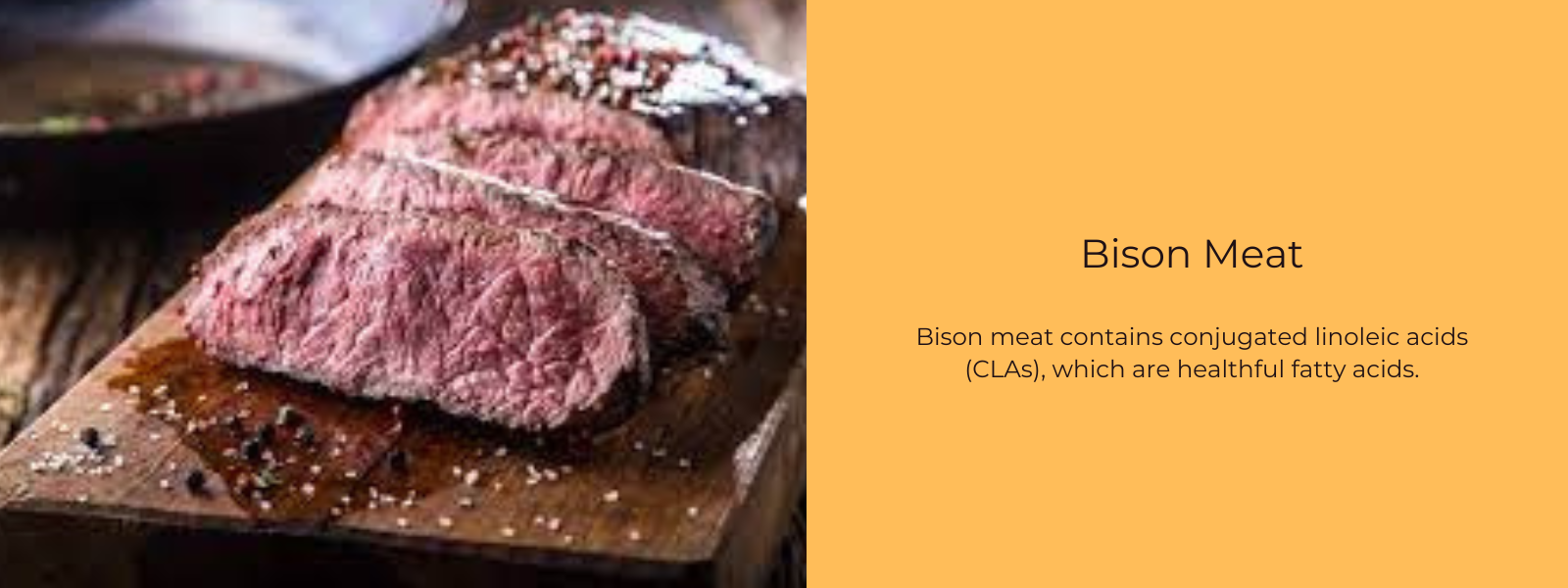
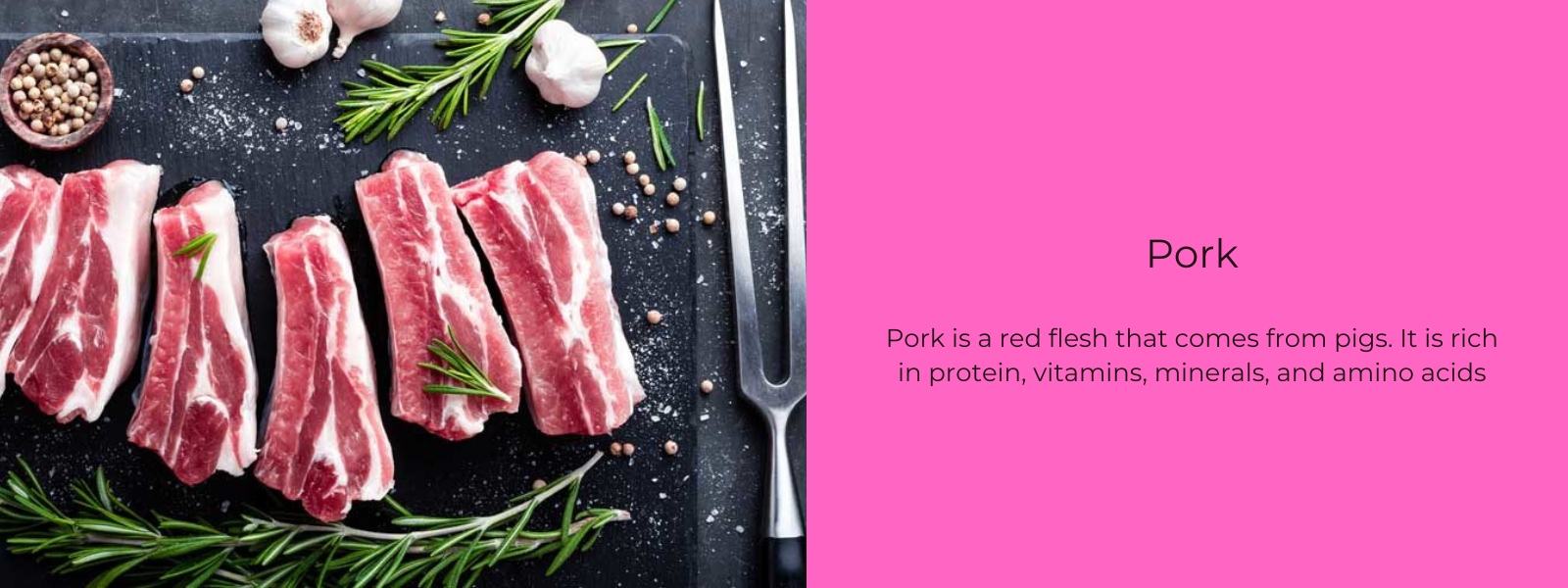
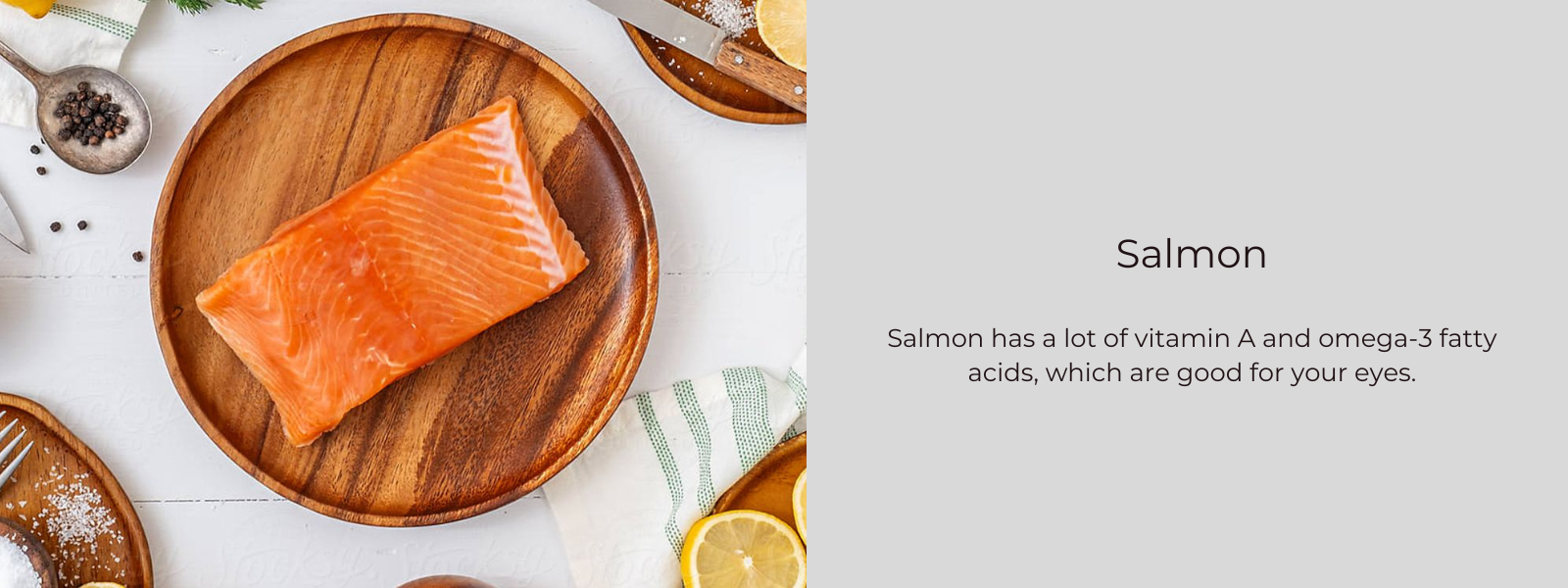
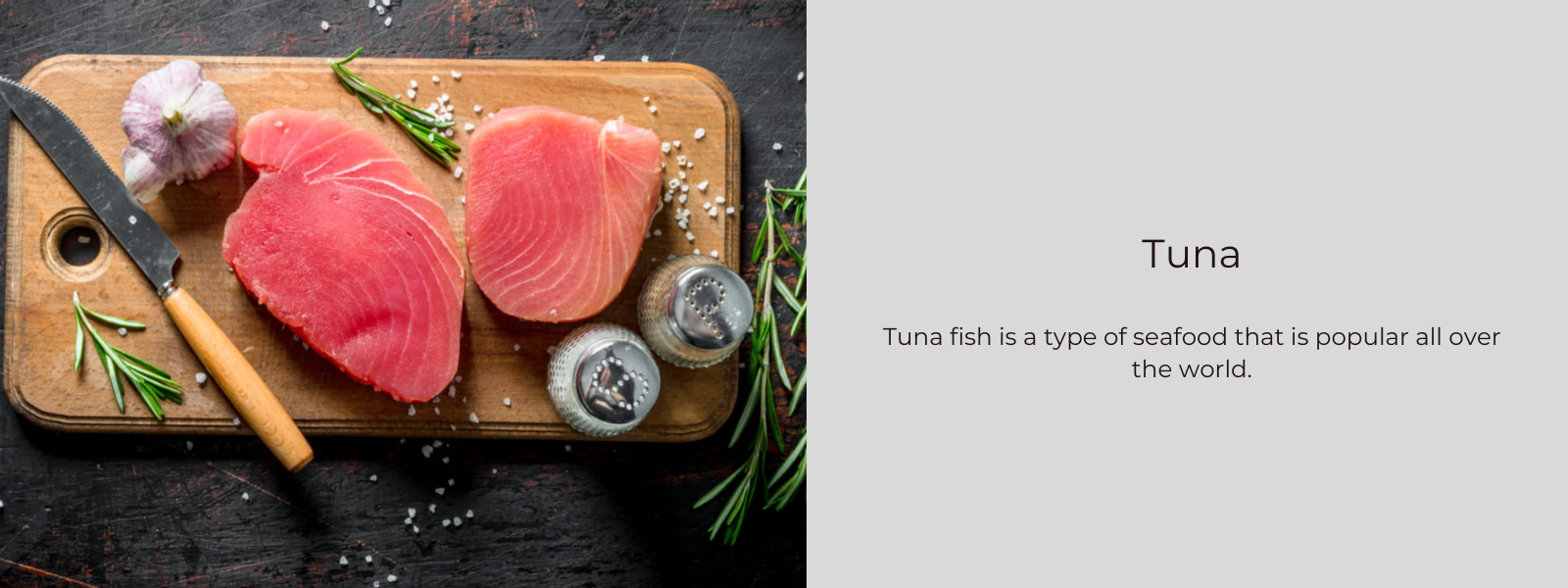
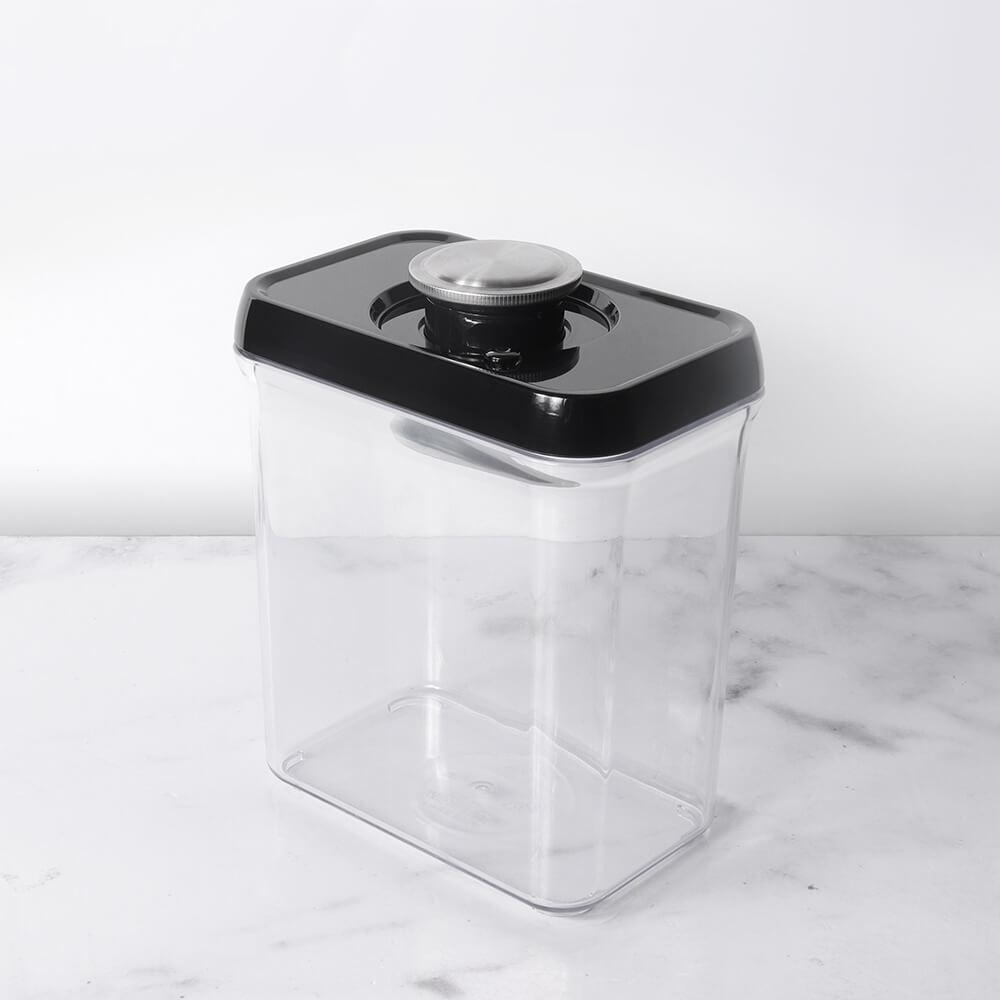




Leave a comment